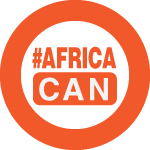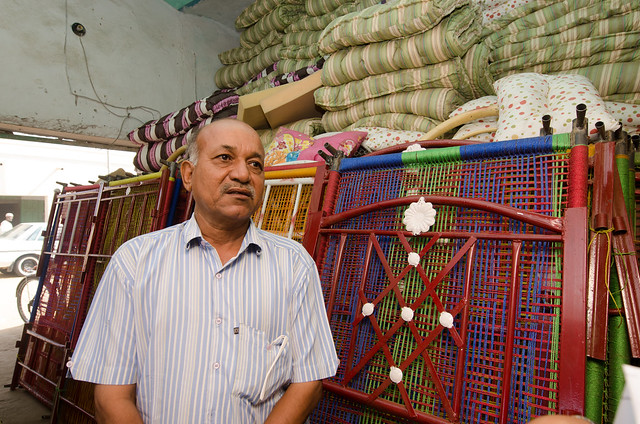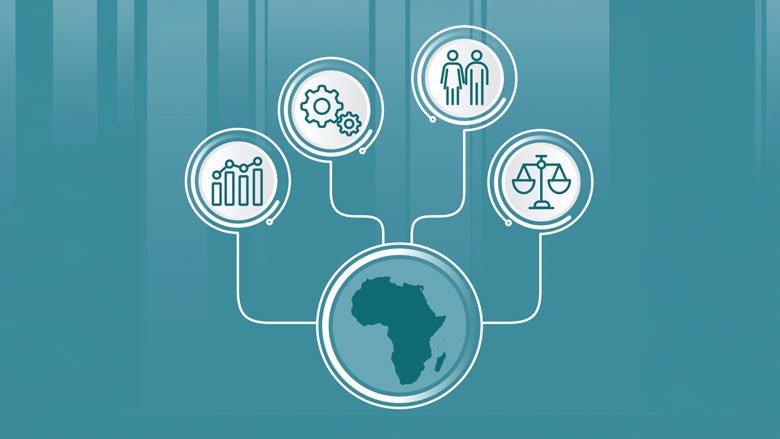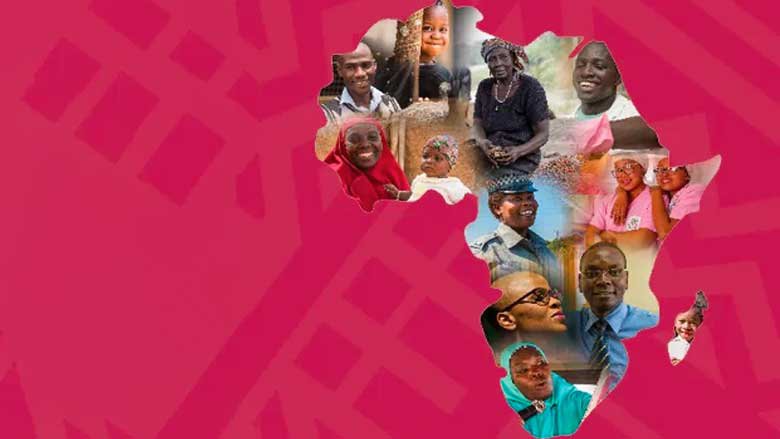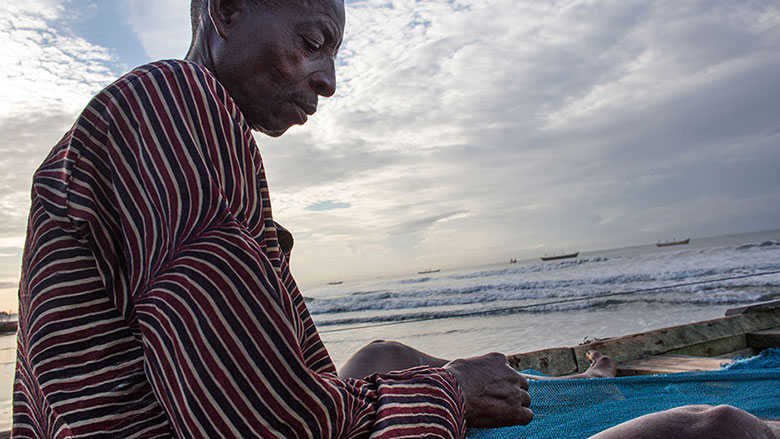Sudan lies at the crossroads of Sub-Saharan Africa and the Middle East, bordering the Red Sea. It shares its border with seven countries: Libya, Egypt, Chad, the Central African Republic, South Sudan, Ethiopia, and Eritrea.
The White and Blue Niles meet in Khartoum, its capital, merging to become the Nile River, which flows all the way to the Mediterranean via Egypt. Sudan has a Sahelian belt with desert in the far north, fertile land in the Nile valleys and the Gezira region, with land used for farming and livestock across the rest of the country, from Darfur to Kassala, via the states of Blue Nile and Kordofan.
For most of its independent history, the country has faced substantial internal conflict that has weakened its ability to play a leadership role in the region. This includes two of the longest-lasting civil wars on the African continent, and conflicts in Darfur, South Kordofan, and Blue Nile. Under the terms of the Comprehensive Peace Agreement in 2005, South Sudan seceded from Sudan in 2011 and became the 54th independent state of Africa.
The secession of South Sudan led to multiple economic shocks, including the loss of oil revenue that had accounted for more than half of the Sudan government’s revenue and 95% of its exports. This has reduced economic growth and resulted in double-digit consumer price inflation, which, together with increased fuel prices, triggered violent protests in September 2013.
The high incidence of conflict, particularly past fighting that led to South Sudan’s secession, has led to a large population of refugees and internally displaced persons. Sudan is now a source, destination, and transit country for irregular migration, including refugees and asylum-seekers using the East African North-bound migratory route through Libya to Europe. The country hosts an estimated 800,000 South Sudanese refugees and 330,000 refugees and asylum seekers from Eritrea, Syria, Ethiopia, CAR, Chad, and Yemen.
Continuous food price hikes and longstanding grievances for over thirty years of rule led to mass demonstrations that started in December 2018 and culminated in the removal of the then-President, Omar Hassan El-Bashir, from power in April 2019. This led to the formation of a Transitional Government in September 2019 that carried out ambitious economic and social reforms and engaged in peace negotiations with armed groups to address conflicts and grievances across the country. This led to the signing of the Juba Peace Agreement with nearly all armed opposition groups in October 2020.
A year later, in October 2021, a military takeover took place. Key government structures were dissolved and terms of the 2019 constitutional charter suspended. In early January 2022, the Prime Minister stepped down after his efforts to reach a political settlement between domestic stakeholders failed. In December 2022, a Political Framework Agreement (PFA) was signed, between the military and a number of political parties, in an attempt to relaunch the country’s transition to civilian government and hold elections in two years. A second phase of the political process was launched in January 2023, aimed at reaching consensus on key issues and inviting non-signatories to join the process, by the end of which a final agreement would be signed marking the beginning of a new transitional period. However, a political deadlock prevailed between domestic stakeholders in the military and broader security apparatus, armed groups, political parties, and civil society until April 2023, when a failed political process saw an eruption of conflict between the Sudanese Armed Forces (SAF) and the Rapid Support Forces (RSF).
The situation in Sudan has been characterized by escalating conflict since April 15th with significant consequences for the population. The unrest has affected individuals, social structures, infrastructure, and economic conditions. The ongoing tensions have triggered a humanitarian crisis by displacing, injuring, or causing the death of thousands of people. Sudan is now the largest displacement crisis in the world. Reports from the United Nations indicate that, as of March 2024, over eight million individuals have been forced to abandon their homes, seeking safety either within Sudan or in neighboring countries. Furthermore, acute hunger threatens nearly 18 million people, constituting a substantial 37% of Sudan's population.
The United Nations has issued warnings that nearly five million people in Sudan are at risk of catastrophic hunger, and an immediate action plan to address the hunger crisis is urgently required to avert widespread death. The UN's humanitarian response plan for Sudan, valued at $2.7 billion, is a part of the efforts to mitigate the crisis.
Additionally, many who had previously sought refuge in Sudan have been forced to return to their countries and endure unlivable conditions. The state of Sudan's hospitals is dire, with most of them out of service, which is exacerbating the deteriorating situation. Furthermore, the protracted conflict has all but demolished the economic bedrock of Sudan, obliterating the strides the country had made in its development. The destruction has been so profound that it has thrown the country's progress back by decades and severely impeded any prospects for future growth. The once-emerging economic potential of Sudan now lies in ruins, casting a long shadow over the nation's ability to recover and rebuild in the aftermath of these devastating events.
Last Updated: Apr 11, 2024


